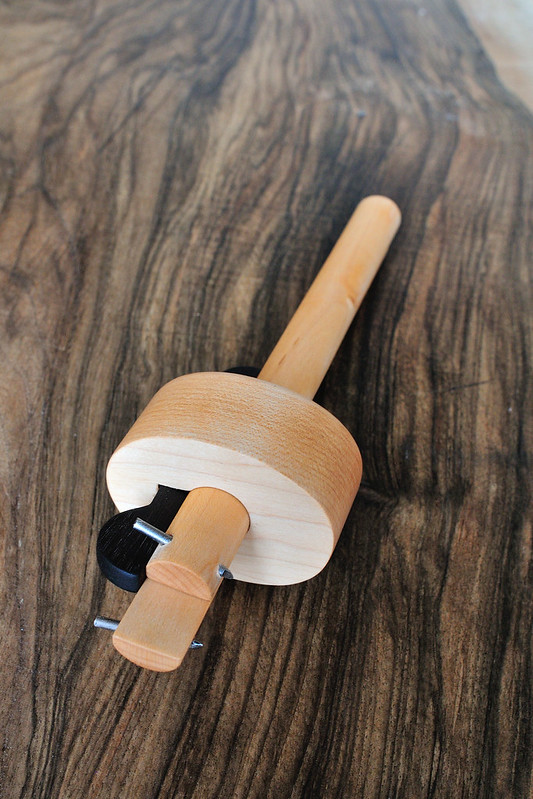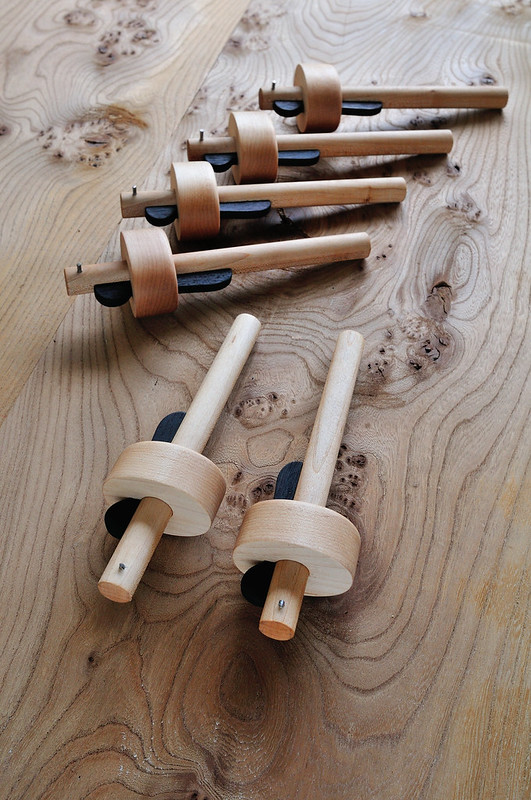johnfarris
Established Member
While chopping my mortices out today I noticed that my mortice marks I had made with my gauge seemed to be wider than the actually bit I was using to chop them out.
I think that it must be when I set my mortice gauge using the bit I push the bit to the back of the pins when maybe I should have set it just using the front of the pins?
John
I think that it must be when I set my mortice gauge using the bit I push the bit to the back of the pins when maybe I should have set it just using the front of the pins?
John






